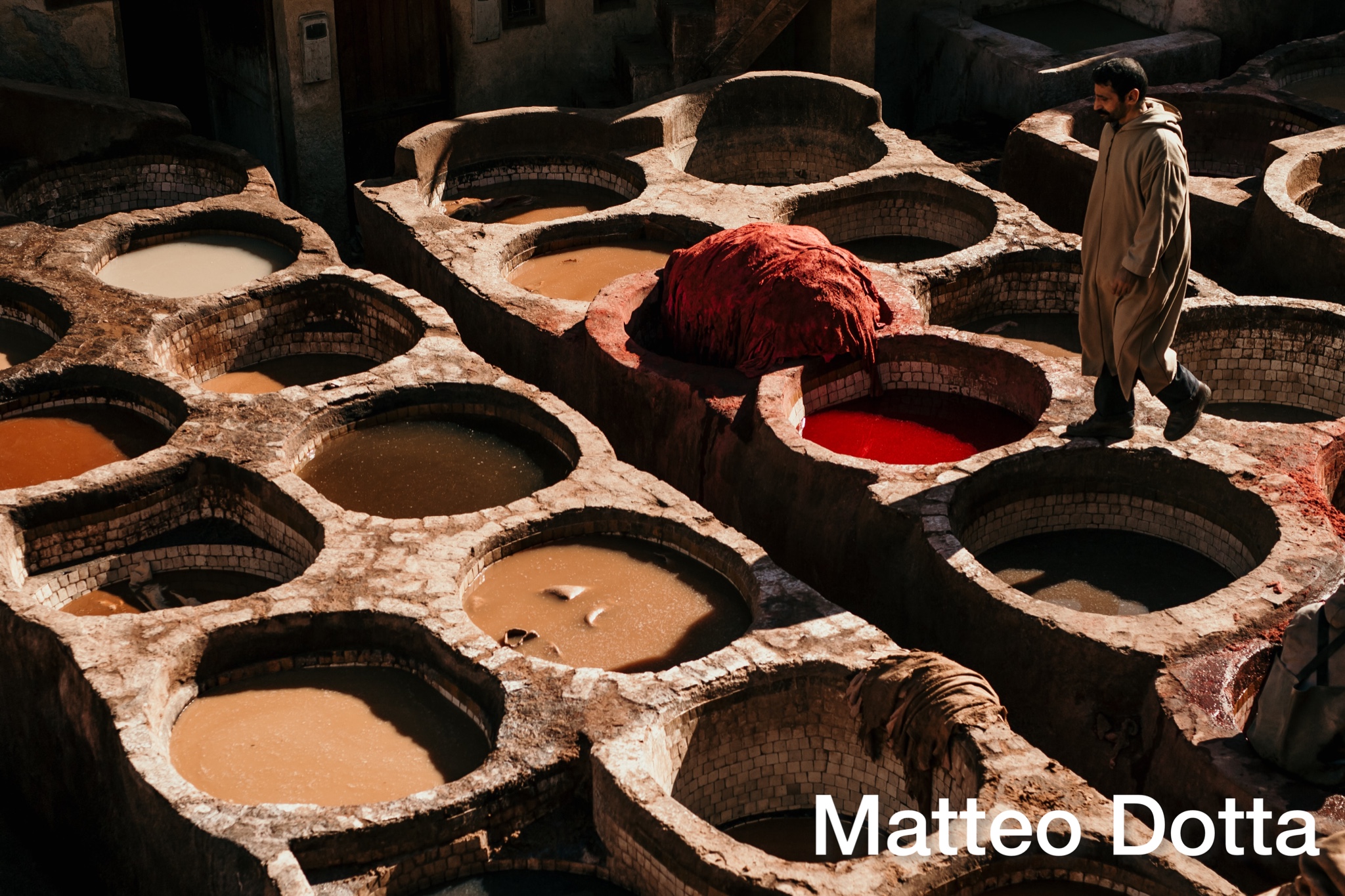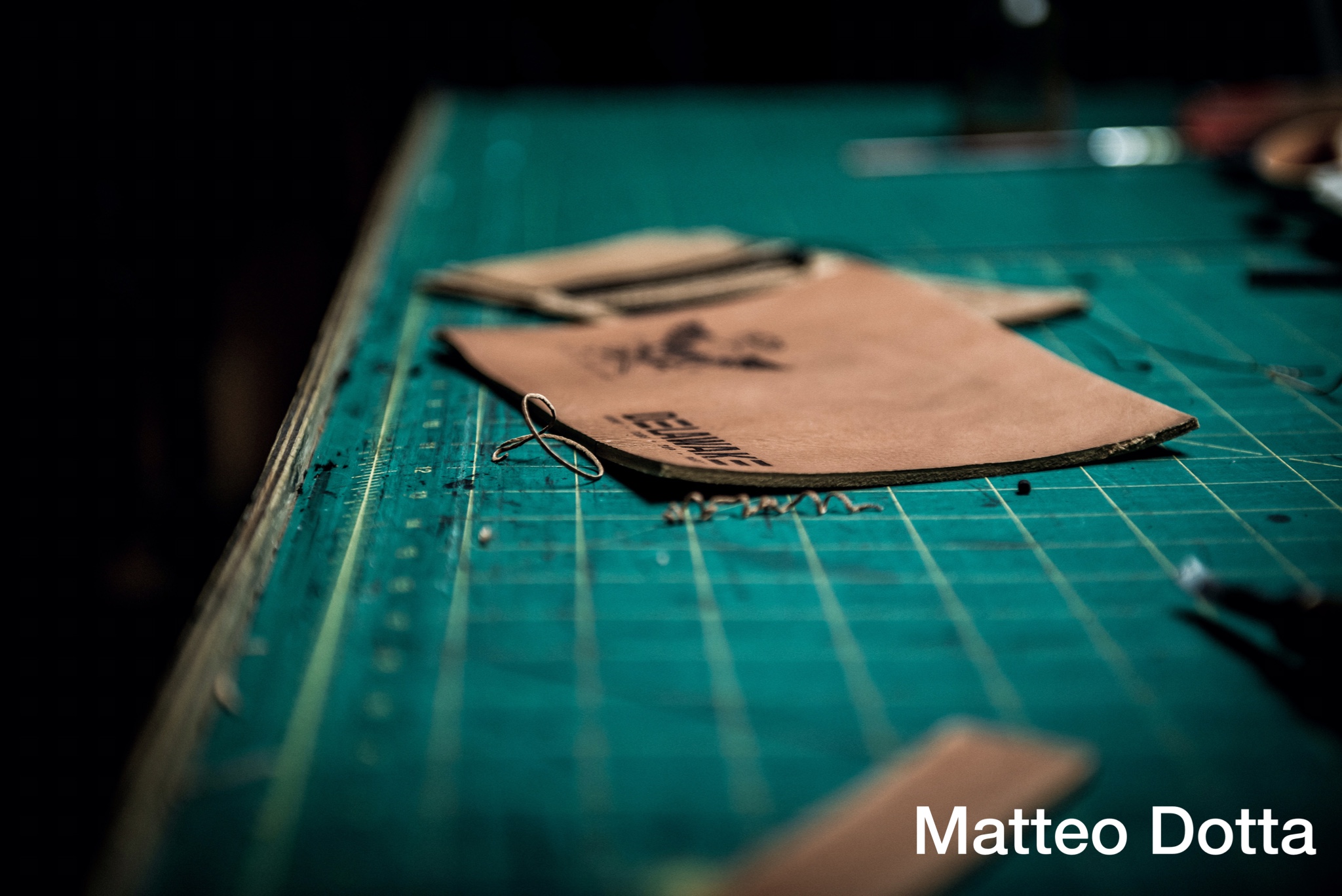Non-Leather is not Leather.
I often hear well-meaning people conflate “vegan” with terms like “ethical,” “sustainable,” or “eco-friendly,” as if they can all be used interchangeably.
Let’s clean up and clarify!
Veganism is an ethical lifestyle that does not use products of animal origin.
The veganism benefits include the reduction of mistreatment and slaughter of animals, elimination of some risks for human health and reduction of the human impact on the environment.
Saying vegan reminds us of doing good to animals and also in balance with nature …. we can say ethical.
In recent years Veganism and climate change are concepts that are often treated together.
A few decades ago the term vegan was then associated with the word “Leather” to roughly indicate materials that do not come from animals and that are in balance with nature.
Let us remember that animals are not raised for the skin.
So even if tomorrow in the world we no longer use leather goods, the animals would still be killed for meat anyway.
So based on these arguments it makes more sense to discuss the environmental impact than the use or not of animal products.
What pollutes more? The real leather or the non-leather?
As written in the previous article, the most common vegan skins are PU and PVC.
These materials have a more harmful impact on the environment than sustainable leather which follows really much more eco-friendly production methods than in the past.
Lots of people fall into the mistake of buying these materials thinking of doing good to animals when in reality, they damage the environment and therefore the animals that inhabit it.
But the world of vegan leathers does not end only with PU and PVC.
A few years ago new organizations were born to study alternative materials that don’t derive from animals and that reduce or eliminate their impact on the environment.
The best known are Pinatex which uses cellulose fibers extracted from pineapple leaves and the Muskin that comes from the cellulose of some mushrooms.
Then there are other materials that derive from the apples, oranges, coffee, paper, wood, and wine waste. The production of this type of products is still small and probably needs some improvements, but it is certainly a good starting point for sustainable solutions.
But why do we call them leather?
“There is no such thing as vegan leather,” says Dr. Kerry Senior, director at the UK’s leather trade federation, Leather UK. “The term leather is defined by British, European and International Organisation for Standardisation (ISO) and refers only to the skins or hides of animals, tanned to be imputrescible”, Senior tells.
He describes the phrase vegan leather as an “abuse of the term leather” that continues to be a bugbear for those working in the leather trade.
“The Leather” not only identifies a material but also a working tradition that has been handed down from generation to generation. In addition, some leather objects have become a cult (e.g. leather jacket and cowboy boots). Leather has its own history and it is a brand itself.
The last thing is that today it is also making great strides in terms of sustainability and environmental impact.
I do not approve that, perhaps for marketing reasons, these new materials want probably to gain ground by associating the term “leather” with a whole series of materials which have nothing to do with leather, both in terms of durability and in terms of look, workmanship, and origin.
Can we call them ethical materials?
Ethical is what concerns good and evil so it is a bit personal.
For sure materials that have zero or low environmental impact deserve to be developed but we have also to evaluate the dark side of the moon.
70,000,000 tons of hides are processed in a year equal to about 1000 trucks per day. If tomorrow we would start to use other materials, what should we do with the hides? They could be buried, and then we face health and environmental problems or burnt them and CO2 emissions would certainly be created.
There are Brands that use wild-caught or more traditional production methods of leather from local sources. For example, leather produced in New Zealand has strict requirements on animal welfare. For them, this solution is ethical.
Conclusions
I hope that these vegan materials other than PU and PVC will find more investors, will increase the business and completely replace the plastic which perhaps today is a far greater threat. Anyway, the production capacity is still small and this situation makes sustainable leather a valid solution for the big market today.
Last but not least, let’s give them another name … maybe vegan coatings !!!



